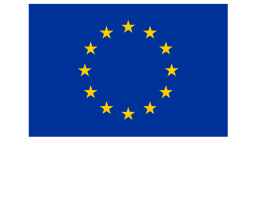Prevention
4.600.05
Refers to the existence of strategies, measures, resource allocation, programmes and processes that are aimed to inhibit organized crime. While prevention considers mainly state initiatives, these frameworks often use a holistic approach to preventive measures through community outreach, recognizing that citizens that are engaged in prevention to organized crime help make the state more resilient.
Through prevention, states can build safeguards to protect against organized crime by effecting behavioural change in vulnerable groups and reducing the demand for illicit activities. Thus, the more robust a state’s prevention scheme is, the more resilient it is to organized crime.





